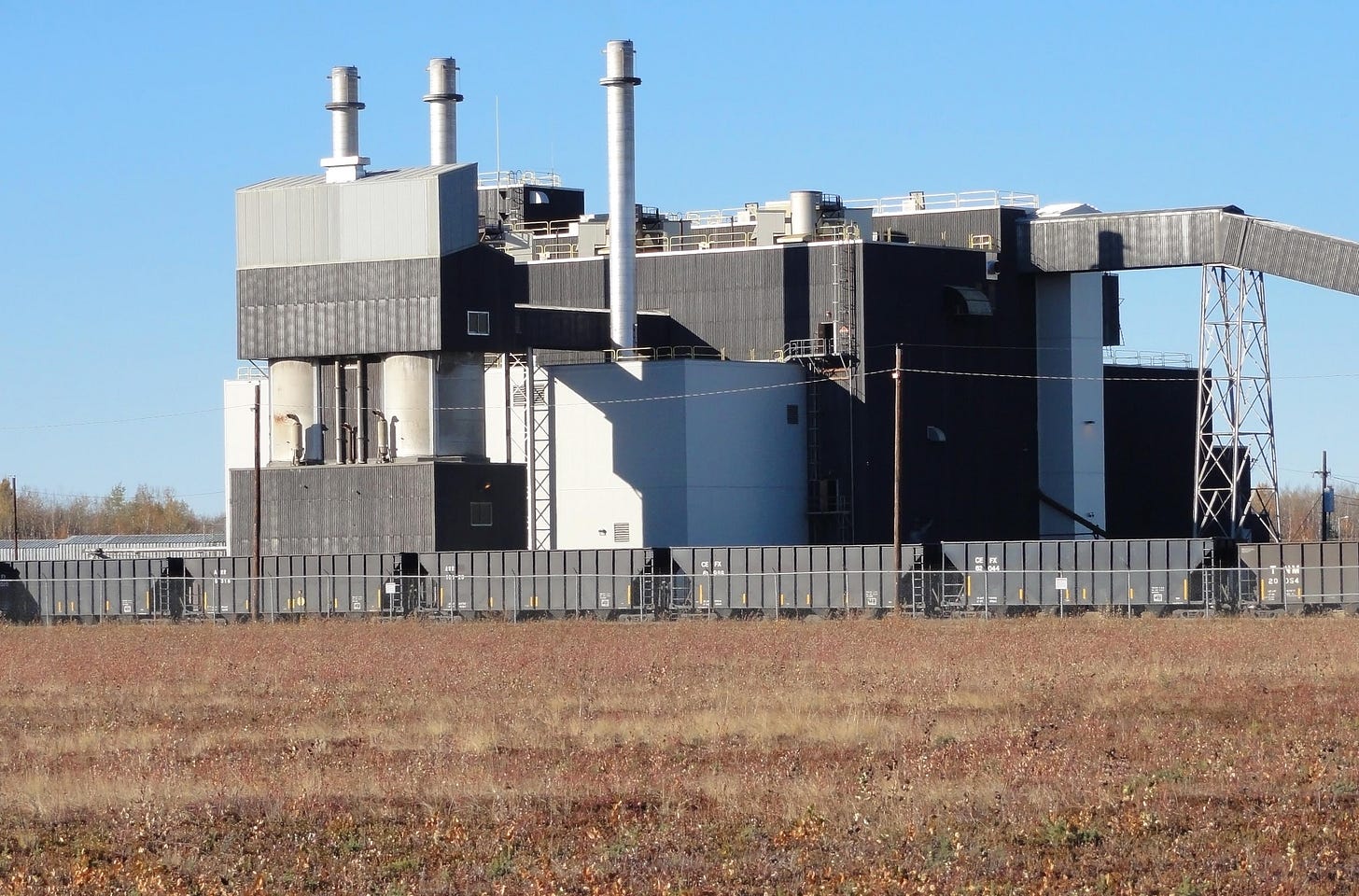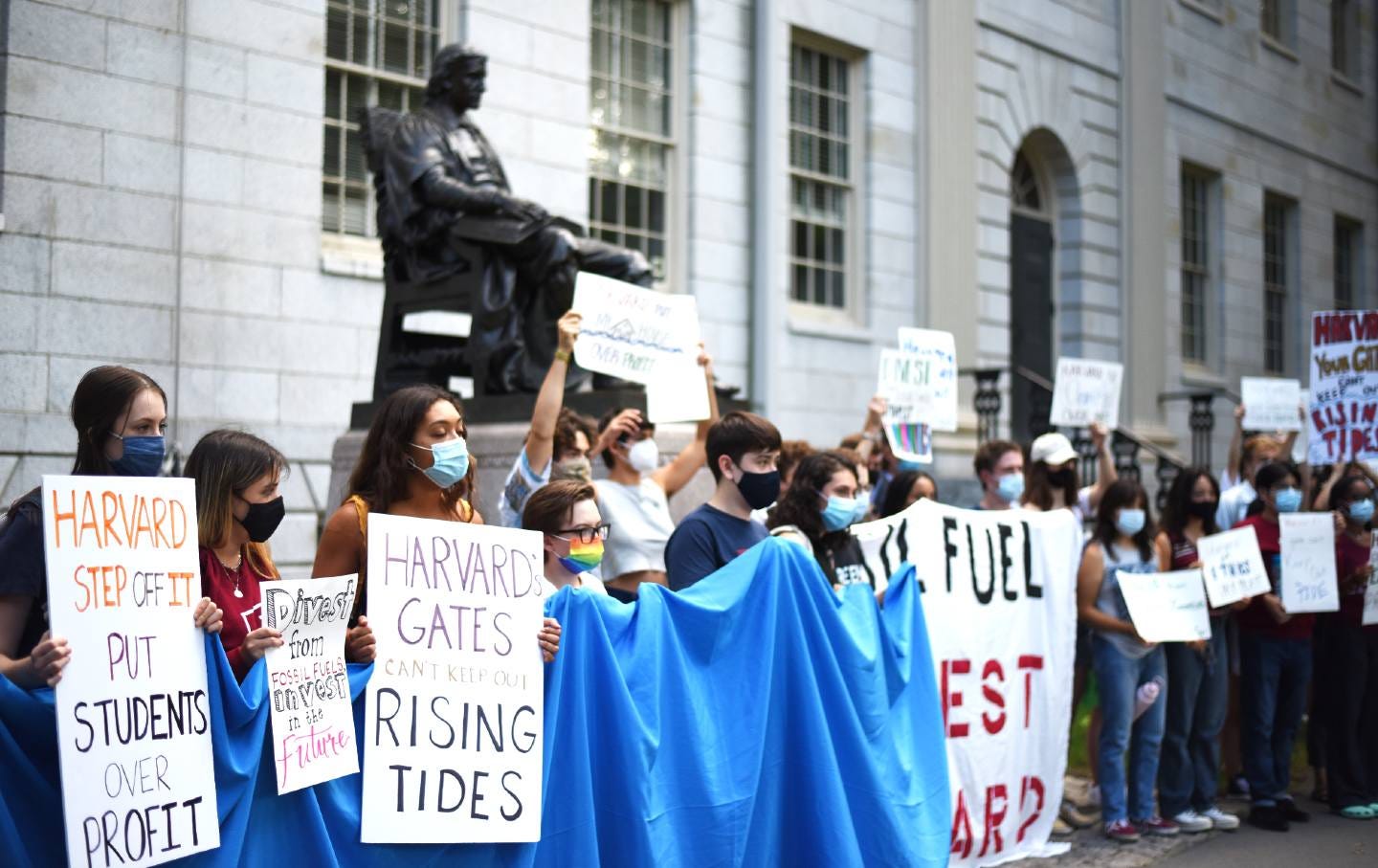In 2021, the UN Environment Programme convened the Net Zero Banking Alliance (NZBA), which is led by banks to align lending, investment, and capital markets activities with goals to reach net zero by 2050. Many banks joined in response to investor pressure and to reduce climate-related financial risk. However, leading up to Trump’s inauguration, the six largest US banks, including JP Morgan and Bank of America, left the alliance to limit their exposure to political backlash. Their exits reflect a polarization of ESG policies and pose challenges to climate finance, the credibility of voluntary initiatives, and global coordination.
What is fossil fuel divestment?
Divestment has gained traction in the past, including from tobacco in the 1990s and South Africa in the 1980s due to apartheid. Fossil fuel divestment occurs when an asset owner sells holdings in fossil fuel companies, typically to signal alignment with climate and sustainability goals. Limiting the capital of fossil fuel companies increases their cost of capital, weakens their operations, and makes them less attractive to investors.
Climate risk is also a financial risk, and fossil fuel assets are potential stranded assets—assets that become devalued due to changes in the market, including climate regulation and energy demand changes as well as legal action. Many fossil fuel companies may be overvalued because markets fail to price in the long-term risks of climate change. Divestment can reduce exposure to stranded asset risk in a portfolio.
A key question in divestment is where to divest from and where to then reinvest. The first step is for companies to measure and disclose their fossil fuel reserves and emissions. Initiatives like the Carbon Disclosure Project push companies to disclose their emissions, energy use, and climate-related risks and opportunities. Investors need these disclosures to make divestment and investment decisions, or they can divest from companies that do not disclose.
Divestment Challenges
Since divestment and reinvestment requires company disclosures, when these are missing, incomplete, or unreliable, it becomes difficult.
A main challenge with divestment is that when an investor divests or sells a fossil fuel asset, another one has to buy the asset, and the buyer probably cares less about the asset’s environmental impact. Because the buyer has an interest in maximizing returns, they may increase the company’s productivity and their fossil fuel production. Divestment then only advances climate goals if the divesting party reinvests in renewable energy assets that outperform the fossil fuel assets under its new owner.
Company valuations are driven by the long-term expectation of future cash flows. For divestment to affect the fossil fuel industry, it has to lower these expectations for neutral equity or debt investors. However, the Oxford University Stranded Asset Programme found that while divestment can cause short-term declines in valuations, investors focused on long-term earnings would buy the undervalued shares.
Without large-scale adoption, divestment can have negative impacts. For example, if a university endowment sells its Chevron assets, a hedge fund may buy those shares at a discount. Large firms like BlackRock may make statements about divesting from fossil fuels, but they may simply stop investing in fossil fuel assets in one of their portfolios and transfer those investments into another of their portfolios. This practice reflects how ESG commitments can be diluted by internal portfolio reshuffling that masks real fossil fuel exposure.
Alternatives to Divestment
Alternatives to divestment include run-off, engagement, and best-in-class investment strategies.
Run-off
Running off an asset entails holding it until it expires. An investor could hold the debt of a fossil fuel company to maturity without renewing or extending the loan or operate a refinery without improving it to prevent an increase in its output or lifespan.
Engagement
Engagement entails holding onto fossil fuel assets and using ownership to change the company’s behavior, including through voting on proxies, persuading management, filing shareholder proposals, collaborating with other investors, and lobbying for regulatory reforms.
The National Bureau of Economic Research found that a 1% increase in a company’s ownership by green pension funds was associated with a 3% reduction in plant emissions over four years.
Activist investors can push companies to change from within. For example, in 2021, Engine No. 1, a small hedge fund, placed three climate-focused directors on ExxonMobil’s board to drive emissions reductions. BlackRock, which owns 6.7% of ExxonMobil, supported reducing climate risk to align with shareholder values. Similarly, a coalition of investors, including BlackRock and Vanguard, pushed Shell to set more ambitious 2030 targets, and shareholder engagement campaigns led Unilever to set net-zero targets and establish a supply chain free of deforestation.
Proxy advisory firms like Institutional Shareholder Services and Glass Lewis analyze company performance and proposals, including on climate risk, and develop recommendations to investors on how to vote at annual meetings and board elections. They are key to shareholder voting. The universal proxy card rule, where companies have to list both management and activist board members on the same proxy voting form so shareholders can vote for a mix of candidates instead of between the two groups, was adopted in 2022.
The Trump administration is challenging activist shareholders through deregulation, a pro-M&A environment, restrictions on proxy advisory firms, limits on shareholder proposal submissions, and a reversal of the SEC’s climate risk disclosure requirements and universal proxy card adoption. Also, there is a rise of anti-ESG activists.
Engagement strategies also face the free rider problem where activist investors bear the costs of research, advocacy, and shareholder engagement, while the other investors benefit from a better reputation for their investments. For engagement to be effective, it requires significant ownership stakes or coordinated actions among investors.
Best-in-class
A best-in-class strategy entails investing only in best-in-class companies within the fossil fuel industry instead of imposing a blanket exclusion on it. This strategy creates market-based incentives for emissions reduction efforts.
Key Institutions
Two key institutions involved in fossil fuel divestment are university endowments and pension funds.
University Endowments
University endowments are especially large in the US, although Canada and the UK have a few large ones too. Most European universities are pay-as-you-go, so they have fewer endowments. Universities in the US are typically classified as charitable organizations, and they are legally required to manage their assets in line with their charitable mission.
When university endowments underperform the S&P 500, donors can pressure the university to invest differently, including through fossil fuel divestment. Often, outspoken donors are not huge investors relative to other funding sources, but they hold political weight. Endowments are heavily invested in alternative assets and in pooled funds instead of direct holdings, which limits transparency and control over divestment and engagement. Also, some donations are restricted, which makes movement difficult. University endowments also lack the track record and institutional expertise to engage as shareholder activists.
In 2014, Harvard students filed a complaint in Suffolk County Superior Court in Massachusetts against Harvard College for the “mismanagement of charitable funds” and “intentional investment in abnormally dangerous activities.” Their plaintiffs represented the students as well as future generations who cannot assert their rights but whose livelihoods depend on today’s work on climate change. The students argued that courts should mandate public and charitable institutions to consider climate risk in their portfolios.
Pension Funds
Due to their size, pension funds play an important role in fossil fuel divestment. Almost two thirds of global pension fund assets have been committed to divestment. Pension funds have a fiduciary duty to operate in the interest of beneficiaries, so social investing is permissible if returns are equal or better.
Both Norway’s $1T Government Pension Fund Global and Japan’s $1.36T Government Pension Investment Fund, the world’s largest pension fund, decided to pursue engagement with coal and oil companies instead of divestment.
In the US, several state and city pension funds have decided to divest from fossil fuel companies. In 2021, Maine became the first state to require its public pension funds to divest from fossil fuel companies. The New York State Common Retirement Fund restricted investments in eight oil and gas companies, including ExxonMobil, and New York City public pension funds announced they would stop future investments in all fossil fuel infrastructure. They cited climate risk as a risk they have the fiduciary duty to protect their beneficiaries from.
California lawmakers are pushing legislation that would require the two largest pension funds—CalPERS and CalSTRS—to divest from fossil fuels. However, CalPERS, the largest pension fund in the US, says that engagement is more effective and aligns with its fiduciary duty to deliver long-term returns to its two million beneficiaries. CalPERS announced a $100B climate investment target by 2030 but includes investments in Chevron, Shell, BP, Saudi Aramco, and Inner Mongolia Dian Tou Energy in its $53B climate portfolio, claiming these companies are involved in sustainability initiatives. Many of these companies are cutting back on their climate pledges and doubling down on fossil fuel production, especially due to higher oil and gas prices with Russia’s invasion of Ukraine, political backlash against ESG, and challenges in scaling renewables.
What’s next?
Over the past decades, many investors have considered ESG factors in their investments, and because often companies are thought of as either clean or dirty, some companies have been able to reduce their cost of capital and create value by closing their dirty businesses. However, with the rise of anti-ESG sentiment, some companies are resisting or reframing ESG goals to prevent regulatory and reputational risks.
Amid setbacks on ESG commitments, it is essential that investors continue to align their portfolios with climate goals through a strategic coordination of approaches. While divestment can create direct public signaling of climate alignment, run-off investment and engagement typically create more effective long-term alignment and should therefore be considered alongside divestment.








University endowments, including those for Harvard, and pension funds, like those pressuring the likes of BlackRock to adopt sustainability for ESG, needing to perform in a new environment, both shorter term and for the longer run.